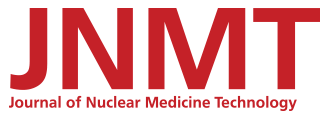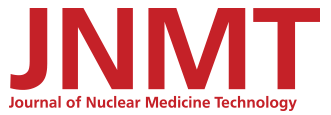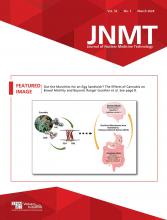Abstract
Positron Emission Tomography/Computed Tomography (PET/CT) images are usually obtained in arms-up position in cases with no head and neck pathology and in arms-down position to image head and neck area. Arms usually cause artifacts regardless of up or down positioning. Arms can cause various artifacts such as beam hardening and scatter, truncation and cold areas (cold artifacts) in obese or large sized patients, motion artifacts, implanted metal object artifacts, and artifacts related to radiotracer extravasation at the injection site. In this review article we will review the mechanisms of these artifacts and suggest solutions to reduce or eliminate them such as such as reviewing non-attenuation corrected PET image, performing extended field of view reconstruction, not applying scatter correction, using software to correct beam hardening, scatter and truncation artifacts. We will present various PET/CT images before and after corrections as related to such artifacts.







